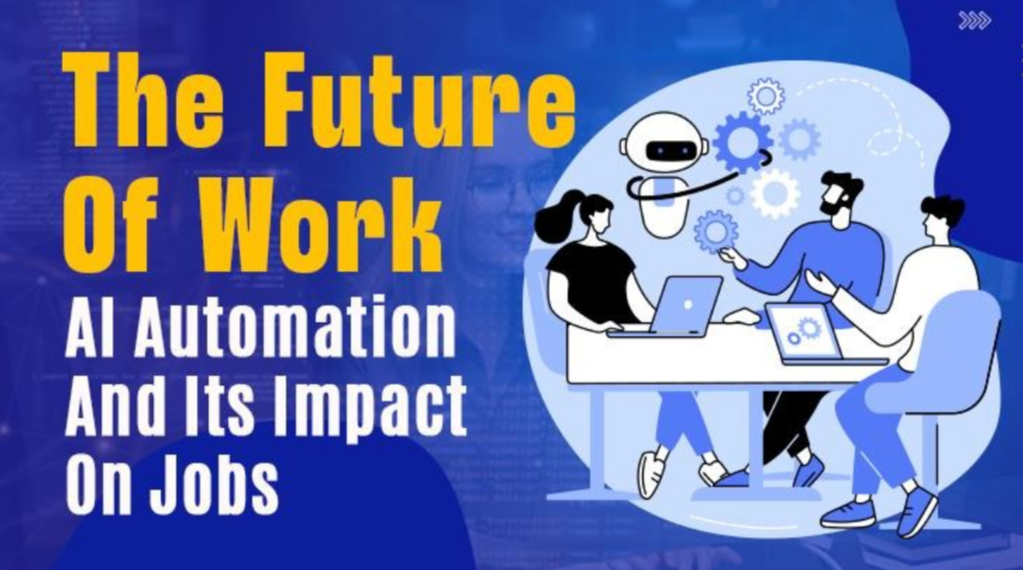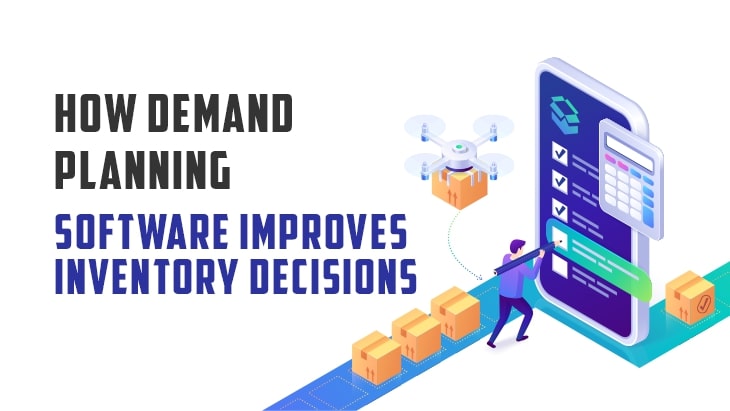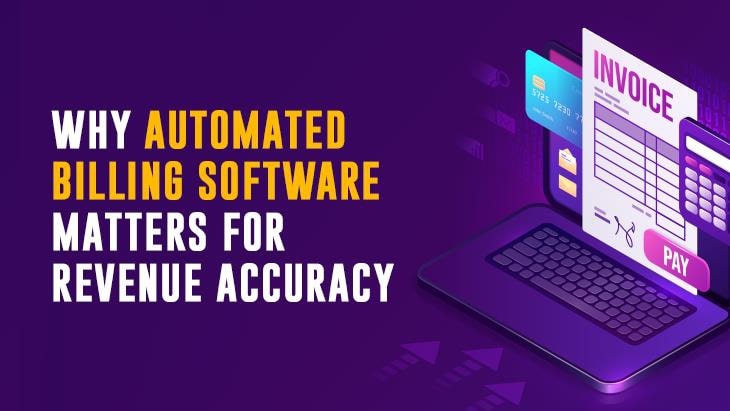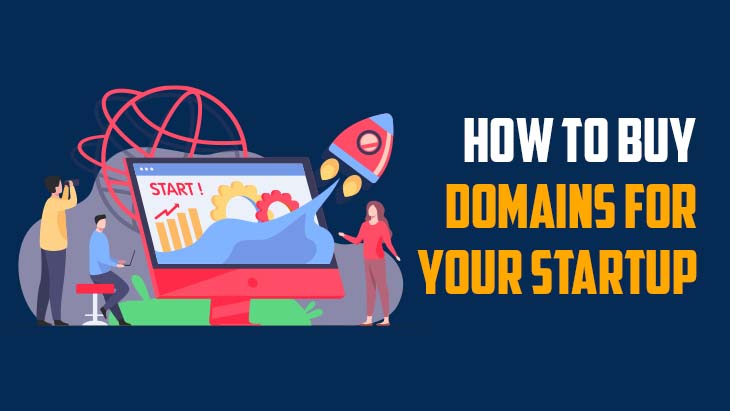As artificial intelligence (AI) and automation become increasingly integrated into our daily lives, the future of work is evolving at an unprecedented pace. AI has begun transforming how businesses operate, reshaping industries, and influencing job roles. While some worry about the potential for job loss, AI presents opportunities for new types of employment, enhanced productivity, and economic growth. Understanding how AI impacts the job market can help workers and employers navigate this changing landscape and prepare for the future.
1. Understanding AI and Automation in the Workforce
AI-powered tools automate repetitive tasks, analyze large data sets, and deliver personalized customer experiences. From machine learning algorithms that predict consumer behavior to robotic process automation (RPA) for routine data entry tasks, automation allows businesses to streamline operations and reduce manual labor. As AI develops, it will likely perform complex tasks traditionally handled by humans, prompting a shift in work roles and skills requirements.
2. The Impact of AI on Different Job Sectors
Certain industries are more susceptible to automation, especially those with predictable, repetitive tasks. Here’s a closer look at how AI impacts some key sectors:
Manufacturing: Industrial robots have automated assembly line tasks, increasing production speed and accuracy. Predictive maintenance powered by AI minimizes downtime and extends equipment life, reshaping the roles of machine operators and maintenance personnel.
Healthcare: AI-powered diagnostic tools assist healthcare professionals in identifying diseases with high accuracy, improving patient care. While AI can’t replace doctors, it can perform repetitive tasks like analyzing medical images, allowing medical staff to focus more on patient care and decision-making.
Retail and Customer Service: Chatbots, virtual assistants, and recommendation engines are common in the retail sector, enhancing customer service and shopping experiences. This technology reduces the demand for entry-level customer service roles but creates new opportunities in managing and refining AI-driven customer service tools.
Finance and Accounting: Automated systems handle tasks like payroll processing, invoicing, and data entry, reducing the need for manual bookkeeping. Financial analysts increasingly use AI tools to predict market trends and make data-driven investment decisions, highlighting a shift toward more analytical roles.
3. How AI is Creating New Job Opportunities
While some jobs will be lost to automation, others will emerge to meet the demands of AI development and maintenance:
AI Development and Programming: Demand for AI specialists, data scientists, and software engineers will rise as companies adopt AI solutions. These roles focus on designing, implementing, and maintaining AI systems across various industries.
Data Analysis and Interpretation: As AI generates enormous amounts of data, skilled data analysts will be needed to interpret, understand, and apply insights in business contexts. This shift is creating new analytical roles in fields such as market research, financial analysis, and product development.
Cybersecurity and Privacy Management: With increased reliance on AI, there is a growing need for cybersecurity experts to protect sensitive information from breaches. AI-driven automation amplifies security risks, and specialized roles will focus on safeguarding AI systems and data.
Ethics and Policy Development: As AI technology influences job markets and society, roles related to AI ethics, regulatory compliance, and policy development will grow. Professionals in this space will shape guidelines around AI usage to ensure transparency, accountability, and fairness.
4. The Rise of Augmented Intelligence in the Workplace
Rather than fully replacing human workers, many AI applications augment human capabilities. This concept, known as "augmented intelligence," combines human decision-making with AI's analytical power. In fields like medicine, education, and design, AI acts as a tool that complements human expertise. For instance:
Healthcare: AI can help doctors by analyzing patient data and offering diagnostic suggestions, but the ultimate decision remains with the healthcare professional.
Education: Teachers use AI-driven tools to track student progress and tailor learning experiences. However, human interaction remains essential in fostering social and emotional development.
Creative Industries: Designers and marketers use AI to predict trends and streamline the creative process. AI tools assist with tasks such as image editing and content creation but require human input for strategic and aesthetic decisions.
5. Reskilling and Upskilling the Workforce for AI Integration
As AI reshapes the job market, there is a growing need for reskilling and upskilling. Workers will need to adapt to new roles that require advanced technical, analytical, and interpersonal skills. Initiatives to improve digital literacy, coding skills, and data analysis capabilities will help workers stay relevant. Additionally, businesses will benefit from investing in continuous training programs that empower employees to work effectively alongside AI tools.
Government policies and educational institutions also play an important role. Incorporating AI-focused programs and courses in schools can help future-proof students’ skill sets, ensuring they are prepared for jobs in an AI-dominated landscape.
6. Balancing Job Displacement with New Opportunities
While AI is expected to displace some jobs, especially in sectors heavily reliant on manual or repetitive tasks, new job opportunities will arise in fields related to AI technology itself and in roles that require human empathy, creativity, and critical thinking. Transitioning to an AI-driven economy will require a collaborative approach from businesses, governments, and educational institutions to support workers during this shift. This includes establishing social safety nets, retraining programs, and support systems to help those affected by job displacement.
7. The Future Outlook: Embracing a Human-Centric AI Approach
AI and automation hold transformative potential, but a human-centered approach is essential to maximize benefits and minimize disruption. Organizations should focus on using AI to enhance human potential, fostering a collaborative environment where technology supports employees rather than replaces them. By aligning AI's potential with human values, businesses can achieve innovation and efficiency while respecting the needs and roles of their workforce.
Conclusion
The future of work, shaped by AI and automation, is one of adaptation and transformation. While AI can replace certain job functions, it also unlocks new roles and opportunities. For businesses, the challenge is to integrate AI in ways that complement human skills and support continuous learning. For workers, staying adaptable and embracing new skills will be key to thriving in this evolving landscape. Together, a forward-thinking approach will ensure that AI and automation empower rather than disrupt the workforce, leading to a future where technology and human potential are harmoniously aligned.
















Post Comments